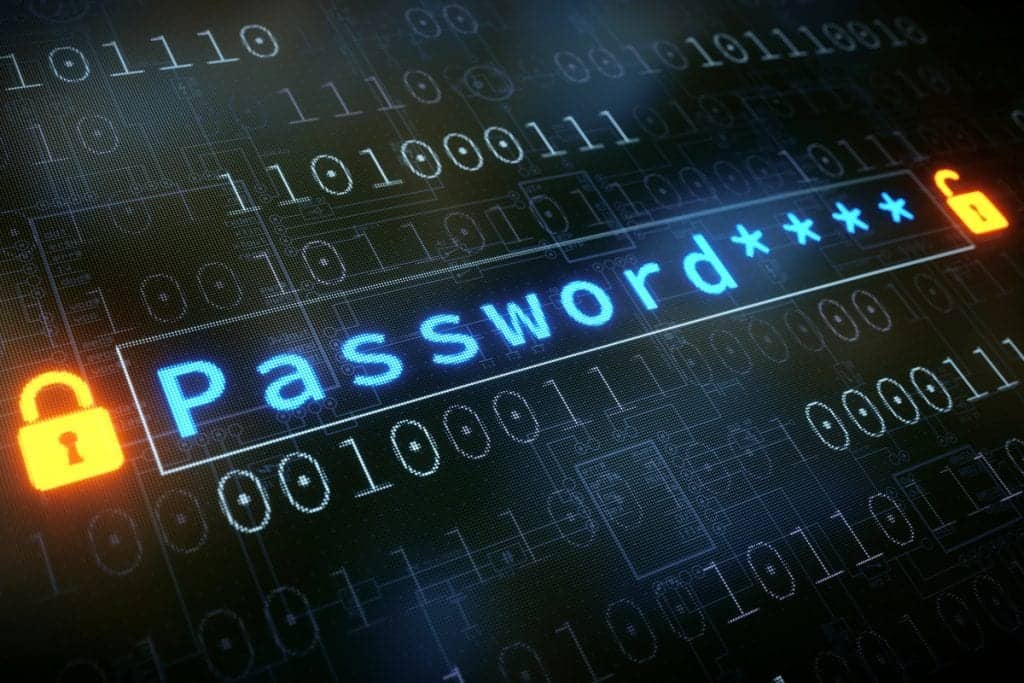A cyber attack against a business can be devastating. An article by USA Today reports that these attacks cost small businesses between $84,000 and $148,000.On top of that, 60 percent of these businesses close down half a year within the attack.
While there is no guaranteed way of preventing your company from becoming the next victim, you can take steps to reduce both the consequences and risks of cyberattacks. This 2019, give your business the protection it needs by following these cybersecurity practices:
Implement Multi-Factor Authentication
Credential theft, phishing, malware, CEO fraud, and other cyber threats can wreak havoc on your business. Having a detection and response system that offers multi-factor authentication helps decrease the risk of these threats. When your business has multi-factor authentication, you reduce the likelihood of a hacker gaining access to company accounts, computers, and other sensitive resources.
Develop an Intelligence-Driven Strategy to Stop Advanced Cyberattacks
Digital trust tools search and fight cyber threats. They use artificial intelligence (AI) and machine learning (ML) to detect input data anomalies. Hackers, unfortunately, use these same techniques to stage a sophisticated cyber attack. You can foil their plans by implementing tools that provide life cycle incident management and track your digital fingerprint. These tools aid in analyzing abnormal user behavior.
Comply with Government Regulations to Boost Your Risk Posture
Begin focusing on mitigating digital business risks involved with Payment Card Industry (PCI), Personally Identifiable Information (PII), and company data by complying with stringent regulations like the Notifiable Data Breaches scheme and the recent General Data Protection Regulation (GDPR). While maintaining compliance with these regulations can make security operations complicated, they help make sure that your data stays uncompromised. A few of the things you can do to meet compliance requirements are to adopt a hybrid delivery model, on-premises security solutions, and security as a service.
Use a Data Loss Prevention (DLP) System
A reliable DLP system can identify who uses your company data and where it goes. Additionally, it’s able to determine how a virus or other threats get into your network. Enforcing this system and implementing it in phases over time will help protect vital assets and information from data loss.
Choose an Excellent Antivirus Program
Selecting the ideal antivirus tool for your business can be challenging. With so many products offering tens and hundreds of features, choosing the right program may take time. The good news is you can cut down your search time by going with a product that’s easy to update, easy to use, and recognized commercially. Just steer clear of the trial antivirus software that came free with a new computer. They don’t always stay up to date unless you upgrade to the premium or full version.
On top of taking note of these best practices, you can further protect your business against cyber threats with CMIT Solutions, a reliable company offering custom IT solutions. Our cybersecurity services protect your data and defend your networks, so you can focus more of your time and attention on more important matters, such as growing your business and making your customers happy.
Get in touch with us today for more information.




